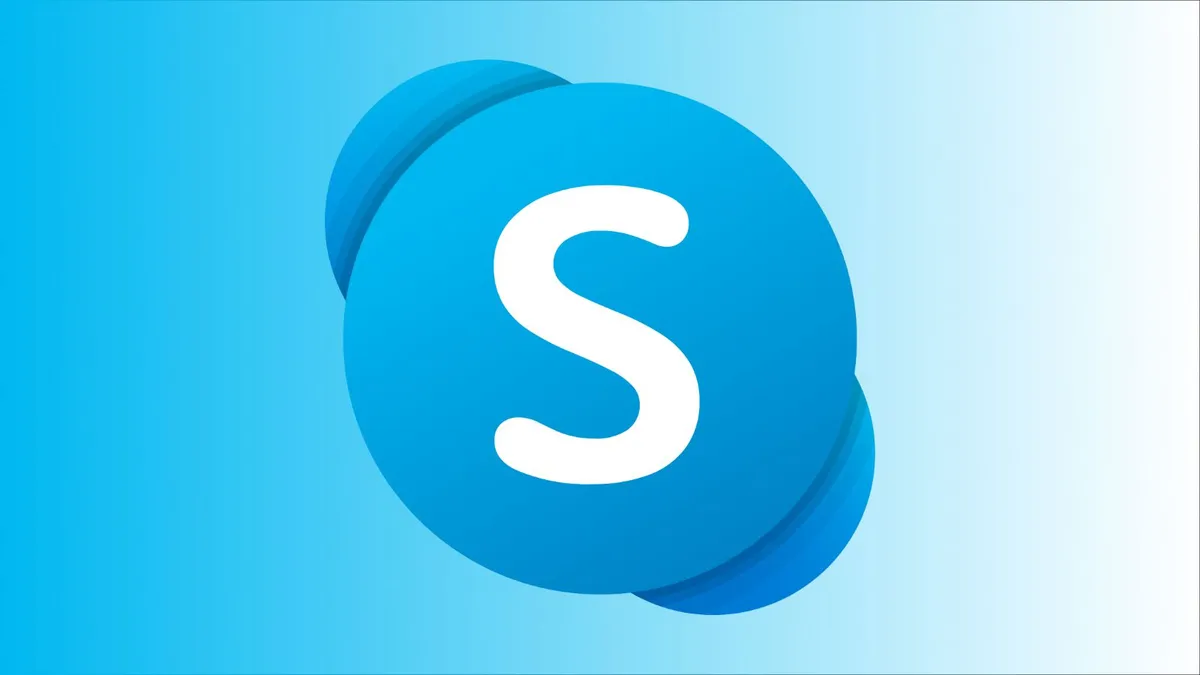
Microsoft's Skype has officially ceased operations, marking the end of its 22-year journey as a leading internet calling and messaging service. Acquired by Microsoft in 2011 for an impressive $8.5 billion, Skype was once regarded as the crown jewel of the tech giant's portfolio. This acquisition was notable for being Microsoft's largest at that time and set the stage for a significant evolution in online communication.
At its zenith, Skype boasted over 300 million monthly active users, becoming synonymous with internet-based voice and video calling. For many users, particularly in the early 2000s, Skype represented a revolutionary way to communicate with friends and family across the globe for free. This was a radical departure from the traditional telecommunications companies that dominated the market with their expensive long-distance calling plans.
However, the once-thriving platform has seen a steady decline in relevance over recent years. By 2023, Skype's active user base had dwindled to approximately 36 million, a stark contrast to its heyday. The rise of competitors such as Zoom, WhatsApp, and even Microsoft's own Teams platform contributed significantly to this decline. Teams has experienced remarkable growth, now serving 320 million monthly users, far outpacing Skype's remaining audience.
Microsoft's decision to discontinue Skype is part of a broader strategy to focus on integrating artificial intelligence features into Teams. As part of this transition, employees who previously worked on Skype will be reassigned to new projects, ensuring that their expertise is not lost in the process. This move underscores Microsoft's commitment to staying at the forefront of technology with Teams, a platform that has rapidly evolved to meet modern communication needs.
Despite its decline, Skype was instrumental in popularizing VoIP (Voice over Internet Protocol) technology. This innovation allowed both businesses and individuals to connect globally at minimal costs, transforming the landscape of communication. Additionally, Skype served as an early testbed for AI-powered real-time language translation, a feature that Microsoft showcased in a high-profile demonstration back in 2014.
Skype's journey was not without its challenges. Frequent user interface changes, reliability issues, and poorly conceived social media-like features contributed to a gradual shift towards enterprise use. Furthermore, the platform struggled to keep pace with newer competitors, especially during the COVID-19 pandemic, when demand for video communication surged. These factors ultimately led to Skype's obsolescence in a rapidly evolving digital landscape.
For existing Skype users, the deadline to migrate their data and contacts to Teams or explore alternative solutions was set for May 5. This transition period highlights the urgency for users to adapt to new platforms that better serve their communication needs.
While Skype may no longer be operational, its legacy continues in the VoIP technology it helped to normalize. The platform serves as a case study on how brand recognition alone cannot save a stagnant product in a fast-paced technological environment. As we move forward, the lessons learned from Skype's rise and fall will undoubtedly inform future innovations in communication technology.